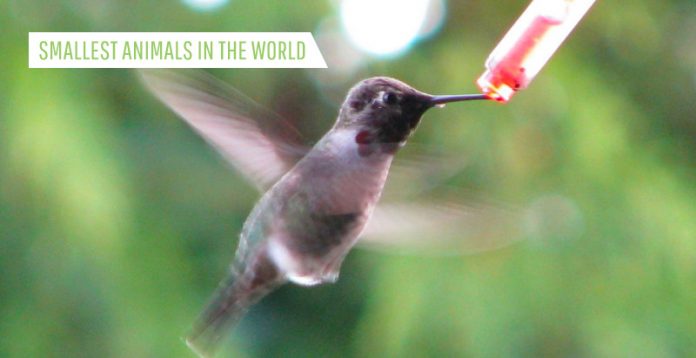All good things are said to come in small packages. There are some unbelievable small animals in this world, which are not very common. They are distinct and hold appreciable charm. Though they are so tiny and the threat is always around them. But how they manage to live is too unexpected. In fact, our Earth is unique. So we should try our best to save it for our forthcoming generation. Read the list below to know more about some of the smallest animals on Earth:
10. Pygmy Rabbit
The world’s smallest leporid is Pygmy Rabbit, whose weigh-in between 0.827 and 1.102 lb, but females Pygmy Rabbit length is a little larger than males. Its small size, short ears, gray color, tiny hind legs, and lack of fuzzy white fur made them distinct from other leporids.
When they are one year old, they can breed and have a short period of breeding. In late winter and early spring, the mortality rate of adult Pygmy Rabbit is high. At any time of the day, they can be active. But mostly in the evenings and dawn. During the afternoon, they rest near or inside their burrows.
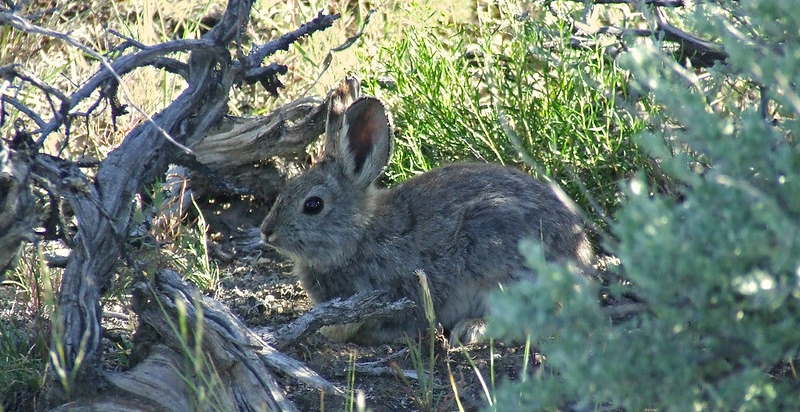
They are typically found in deep soil areas with high, dense sagebrushes, which they use for food and shelter. They consume sagebrushes, forb, grasses such as indiangrass and rice grass, etc.
The main predators are Weasels, Coyotes, red foxes, badgers, bobcats, great horned owls, and northern barriers. It is one of the wild and endangered breeds that aren’t pets.
| Size: | 9.3 and 11.6 inches |
| Weight: | 0.827 and 1.102 lb. |
| Where lived: | North America and South America |
| Class: | Mammal |
| Lifespan: | 3-5 years |
9. Pygmy Marmoset
It is the world’s smallest monkey who hangs on tree trunks and branches. Like squirrels, Pygmy Marmoset has orange-brown fur and a long tail. An adult pygmy marmoset can grasp the finger of a grown-up human.
Their fingernails are the same as claws that help them climb up and down the tree’s trunks. These monkeys can become cats, harpy eagles, hawks, and snakes target to eat.
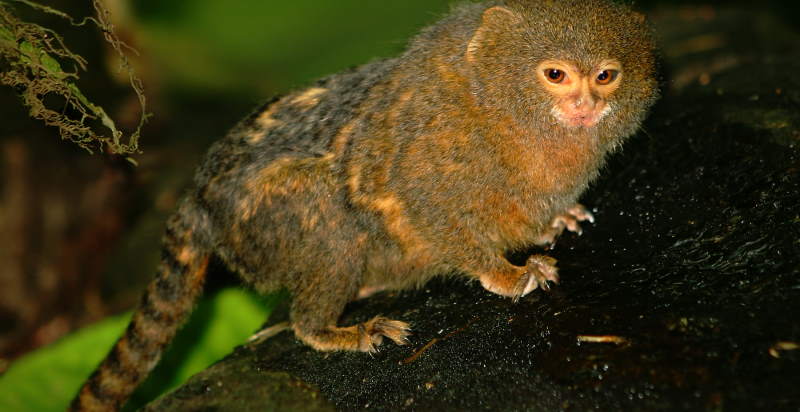
They reside in extended families named troops. Inhabiting in a troop is beneficial for them to capture predators and to take care of each other.
They spent the night on tree branches or holes. Their pregnancy period is about 4.5 months, and they give birth to a child every 5 to 7 months. They are chatting in high-pitched voices to communicate with each other.
| Size: | 4.6 to 6.0 inches (body length), 6.8 to 9.0 inches (tail length) |
| Weight: | 100 grams |
| Where lived: | Amazon basin in Brazil, Colombia, Ecuador, Peru, and Bolivia |
| Class: | Mammal |
| Lifespan: | 12 years |
8. Madame Berthe’s Mouse Lemur
Madame Berthe’s Mouse Lemur has a mouse-like appearance. Their body is grayish-brown with reddish colors and a round brownish head with two large ears.
To protect themselves, they depend on other birds’ alarm calls and more social lemurs to drive away predators. A nocturnal and solitary creature has two tongues used to remove hairs.
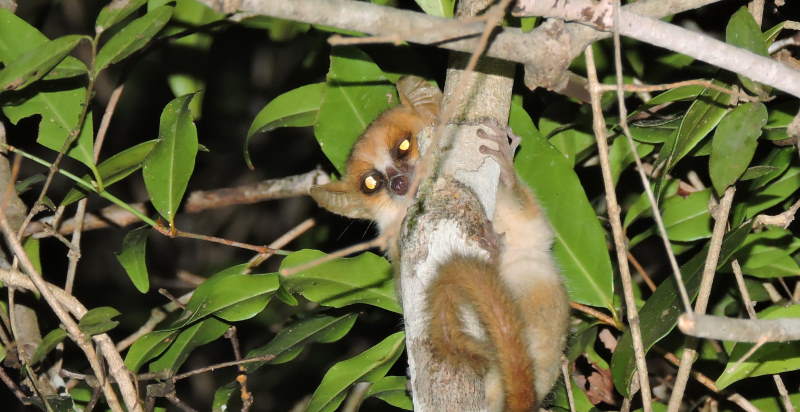
This mouse isn’t right to make them a pet, and illicit to have them because they are endangered. They don’t swim but jump up to 3 meters.
| Size: | 9.8 to 11.0 inches |
| Weight: | 33 grams |
| Where lived: | Kirindy Forest, Western Madagascar |
| Class: | Mammal |
| Lifespan: | 15 years |
7. Etruscan Shrew
The Etruscan Shrew is the smallest animal by mass. It is recognized by their fast pace and fast metabolism, consuming 1.5 to 2 times more food per day than their body weight.
Its fur color is pale brown from the back and sides, and its stomach is light grey. They are searching for their prey at night time particularly. Mostly they live alone and active all time except hiding period.
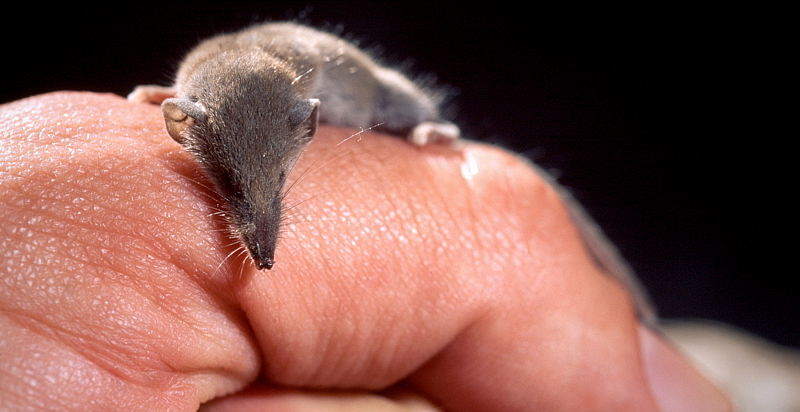
For hunting, they depend on the sense of touch instead of vision. They are omnivores and consume mostly insects, lizards, rodents, larvae, and earthworms—the gestation period around 26 to 28 days.
| Size: | 3 – 5.2 cm |
| Weight: | 1.3 – 2.5 grams |
| Where lived: | South America, Europe, Africa, and Asia |
| Class: | Terrestrial Mammal |
| Lifespan: | 2 Years |
6. Speckled Padloper Tortoise
The world’s smallest tortoise is the Speckled Padloper Tortoise. This species is also known as Chersobius signatus. Taking them as a pet is difficult for this endangered creature. Almost none of the captive turtles are alive, as they are not adapted to alterations in the environment and diet. Their color complexion is goldish Beige with black spots. They are herbivores and consume mostly plant diets.
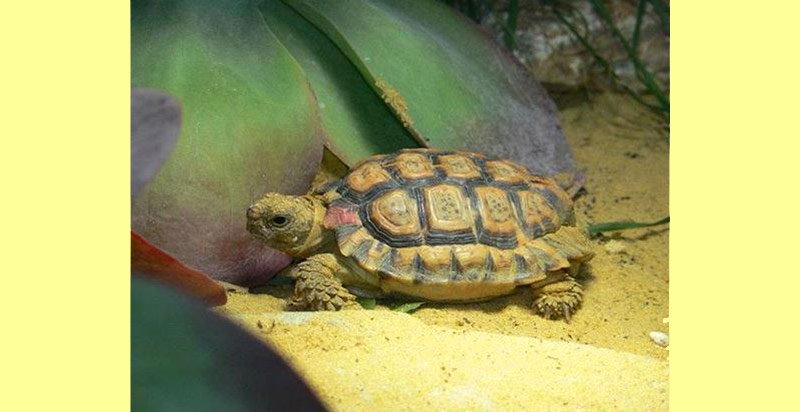
| Size: | 2 – 3 inches |
| Weight: | 95 – 160 grams |
| Where lived: | South Africa, Southern Namibia |
| Class: | Reptile |
| Lifespan: | 20 to 40 years |
5. Bee Hummingbird
The world’s smallest living bird is the bee hummingbird. It is a quick, strong flier like other hummingbirds. They have been visited ten plant species, including Hamelia patens, Chrysobalanus icaco, Pavonia paludicola, Forsteronia corymbose, Lysiloma latisiliquum, Turnera ulmifolia, Antigonon leptopus, Clerodendrum aculeatum, Tournefortia hirsutissima, and Cissus obovate. Sometimes they consume insects and spiders. Bee hummingbirds could eat half of their body weight in food.
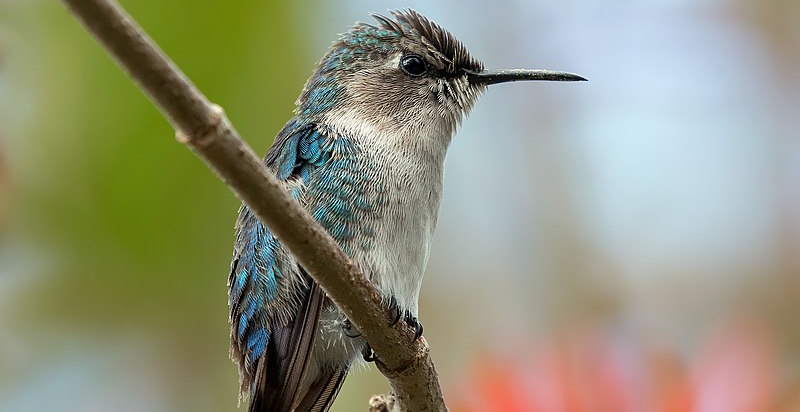
| Size: | 2.4 inches |
| Weight: | 2.6 grams |
| Where lived: | Cuba |
| Class: | Aves |
| Lifespan: | 7-10 years |
4. Kitti’s Hog-Nosed Bat
They are also called Bumblebee Bat, the most threatened species of bat. Its body is reddish-brown and grey. It lives in between big colonies with almost 100 bats per cave. Its eyes are small, mostly covered with fur, large ears, thin nostrils, pig-like nose. Their wings are large in size and dark in color.
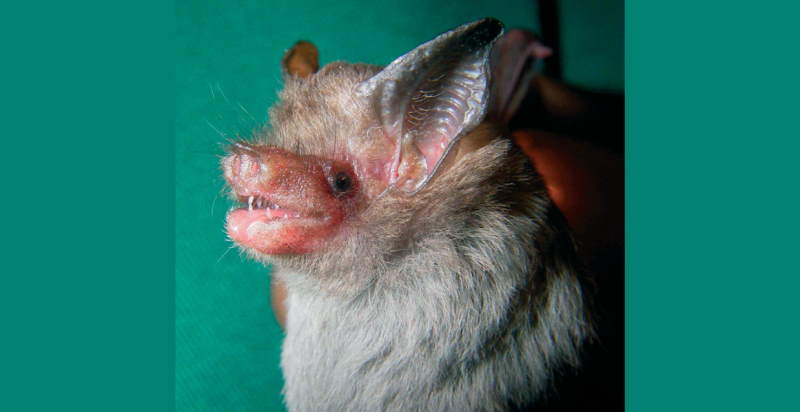
| Size: | 1.1 to 1.3 inches |
| Weight: | 2 grams |
| Where lived: | Western Thailand and South-east Myanmar |
| Class: | Mammal |
| Lifespan: | 5-10 years |
3. Slender Blind Snakes
Slender blind snakes are tiny thin snakes with smooth, shiny scales and are recognized as thread or worm snakes. They have teeth on their lower jaw but not on the upper jaw. Some of them have no skull. They consume small insects and animals who haven’t backbone. These snakes are not recorded as endangered species.
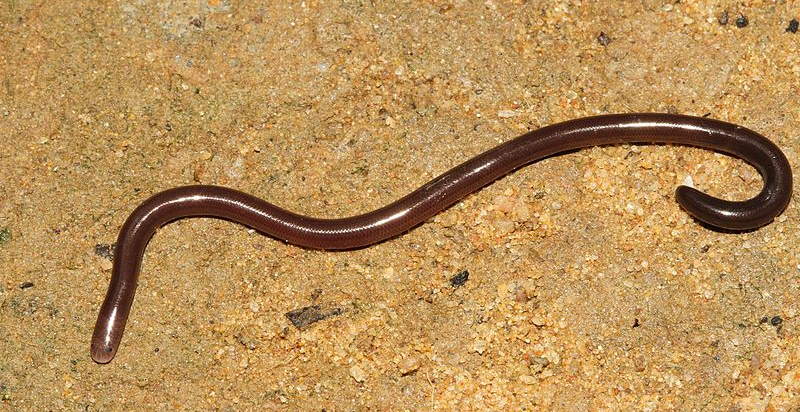
| Size: | 4 to 10 inches |
| Weight: | 1.4 grams |
| Where lived: | South, Central, and North America, Africa, and southwest Asia |
| Class: | Reptile |
2. Paedocypris
A tiny cyprinid fish has been one of the smallest fish in the world. Paedocypris consume plankton at the edge of acidic swamp water in tropical forests. They can survive in drought due to their small size. Even they don’t have a complete skull.
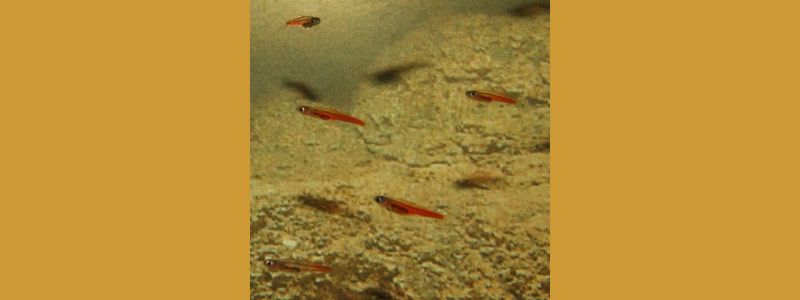
| Size: | 0.31 inches to 0.41 inches |
| Where lived: | Borneo, Sumatra, and Bintan |
| Class: | Actinopterygii |
1. Paedophryne Amauensis
This smallest vertebra is taken the top place of miniature animals. It lives mainly on land, and the skeleton is lessened with only seven presacral vertebrae. They can jump thirty times higher than their body length. Only eat small invertebrates and call their mates with high-pitched peeps.
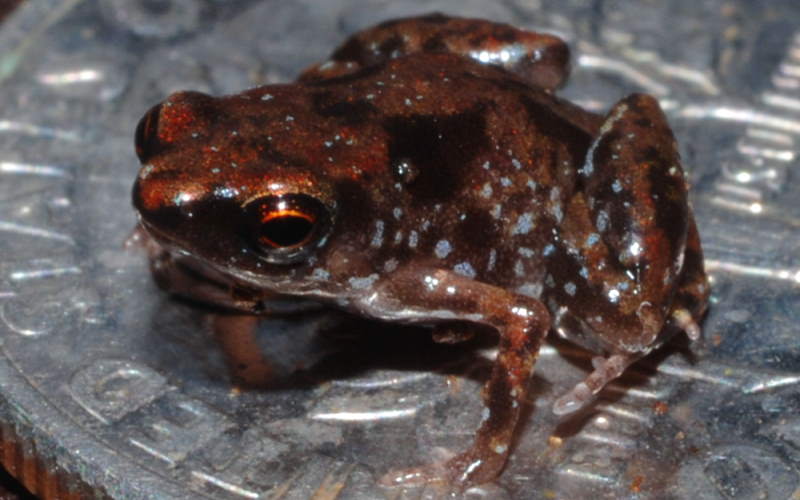
| Size: | 0.30 inches |
| Where lived: | Papua New Guinea |
| Class: | Amphibia |
To learn more interesting facts about animals, you can also read our other articles on Top 10 Extinct Animals, Top 10 Dangerous Animals, Top 10 Fastest Animals in World, Top 10 Hideous Animals.
